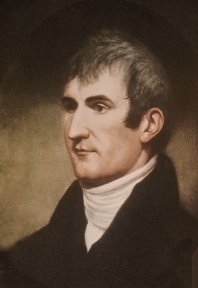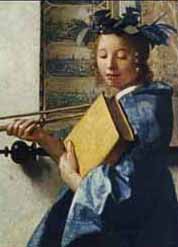 For the previous entry in this series, click here.
For the previous entry in this series, click here. Columbus was not the last European to transport Native American slaves to Europe. In 1501 the Portuguese mariners Gaspar and Miguel Corte-Real sailed to Labrador, explored the coasts of Newfoundland and Nova Scotia, and claimed the lands they had "discovered" for Portugal. They assumed that these territories lay to the east of the demarcation line established in the 1494 Treaty of Tordesillas, in which Spain and Portugal divided the world between them. (Portugal received all the lands east of the line, including Brazil, Africa, and India.) In Nova Scotia Miguel Corte-Real encountered a large party of Micmacs who had come down to the shore for their summer fishing. Like Columbus, Corte-Real decided to see if the new territory could be turned into a source of slaves. Accordingly, he captured 50 Indians and shipped them back to Lisbon, where they were sold. (David Quinn, North America from Earliest Discovery to First Settlements [New York, 1977], 123; William Goetzmann and Glyndwr Williams, The Atlas of North American Exploration [New York: Prentice-Hall, 1992], 20-21.)
The fate of those 50 slaves is unrecorded. We may speculate that those who survived the voyage wound up as servants or laborers in Lisbon, where 10% of the population were slaves in the early 16th century. As for the Corte-Reals: Gaspar's ship was lost during the return voyage to Portugal in 1501, while Miguel was lost during a subsequent voyage in 1502. Indians were not the only people for whom early trans-Atlantic voyages could be hazardous.
[The photo above is of a reconstructed 16th-century caravela redonda, courtesy of that academic's bete noire, Wikipedia.org.]
For the next entry in this series, click here.



